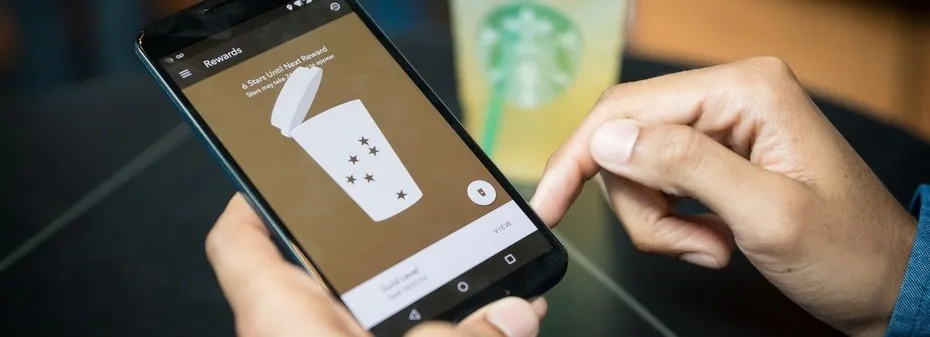
App Gamification: 5 Points to Remember

To increase user involvement and project profitability, you can introduce gaming elements to your app and overcome your competitors, gaining users’ love.
Gaming allows you to attract and retain an audience with likes, shares, levels, achievements, progress bars and prizes. It can affect the user's loyalty, the frequency with which they access the application and the time they spend on it. In the end, all this translates to an increase in your profits. Let’s discuss how to get it right.
Come up with a Story
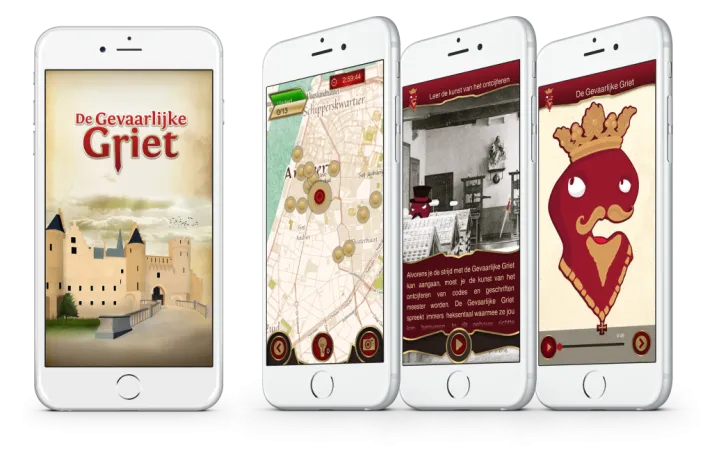
There are games that captivate from the first scene. Usually they differ in terms of thoughtful story and script. A narrative element is needed for almost every game, unless it’s particularly simple. Try to think and imagine why the game character should behave this way as opposed to another.
The key thing here is to try to involve users in the story and make them worry about their progress.
Prepare a Challenge
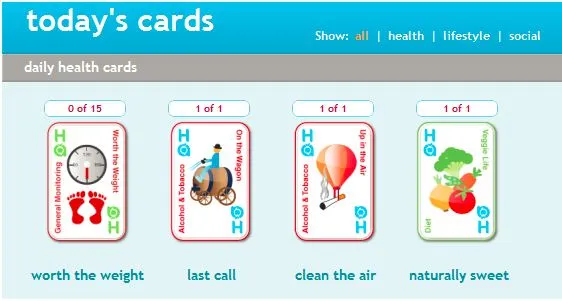
There should always be a challenge for the user. People appreciate their achievements more when overcoming obstacles. Any challenge starts with a goal. This should be clearly represented in your app. Goals can be personalised (customised), provided by the developer or created by the community. In the second case, it’s worth making sure that these are both different and interesting to achieve - a goal for the sake of a goal is of little interest to anyone.
In addition, try to keep a balance between task complexity and user involvement. If everything is too complicated, users will quickly become discouraged, while something too simple can leave them bored. Let people learn in the process and achieve the ultimate goal through time and effort.
Provide rewards
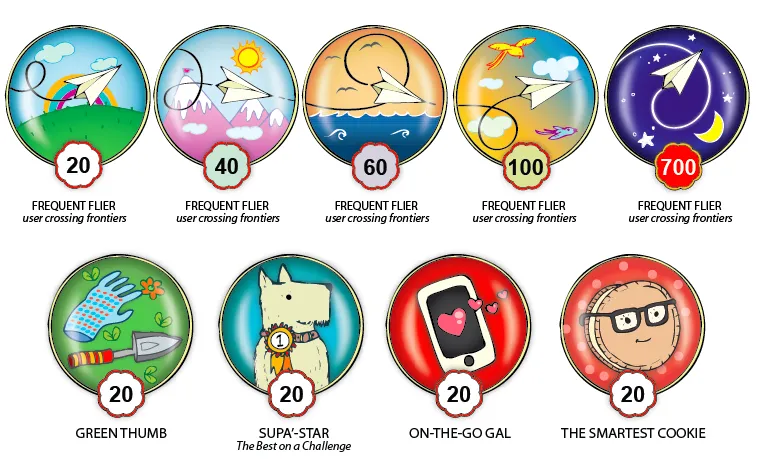
It is very important for the user to perform certain actions for some purpose. In ordinary life, the motivation can be to receive wages, help a friend, enjoy communicating with someone.
The same happens in mobile applications - any effort should be rewarded. It can be a badge, a like, a place in the rankings: it all depends on the app. The main idea is the creation of a certain value of actions by reward for their commission. For example, it could be a loyal user icon in a food delivery application or an "Expert" rating in an online database, motivating the author to write even more useful articles.
Here you have a huge amount of space for imagination and action.
Here are a couple of cases from our experience:
Diabetes Minder - personalised goals tracker and level testing.
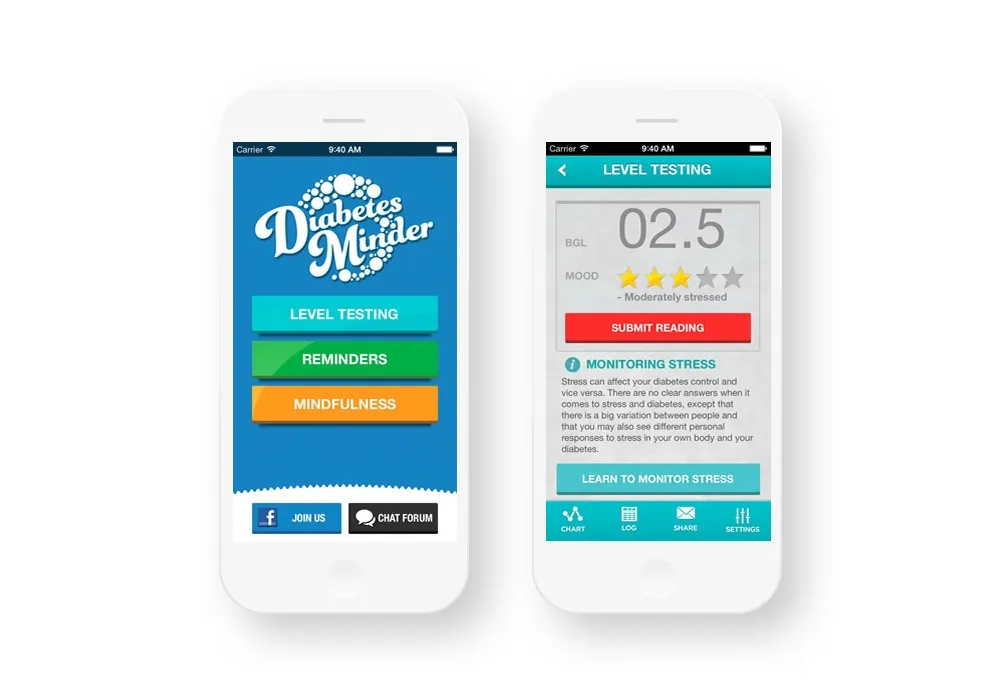
Cognitive trainer - helps people control their emotions and fight depression in a gaming format and monitors their progress.
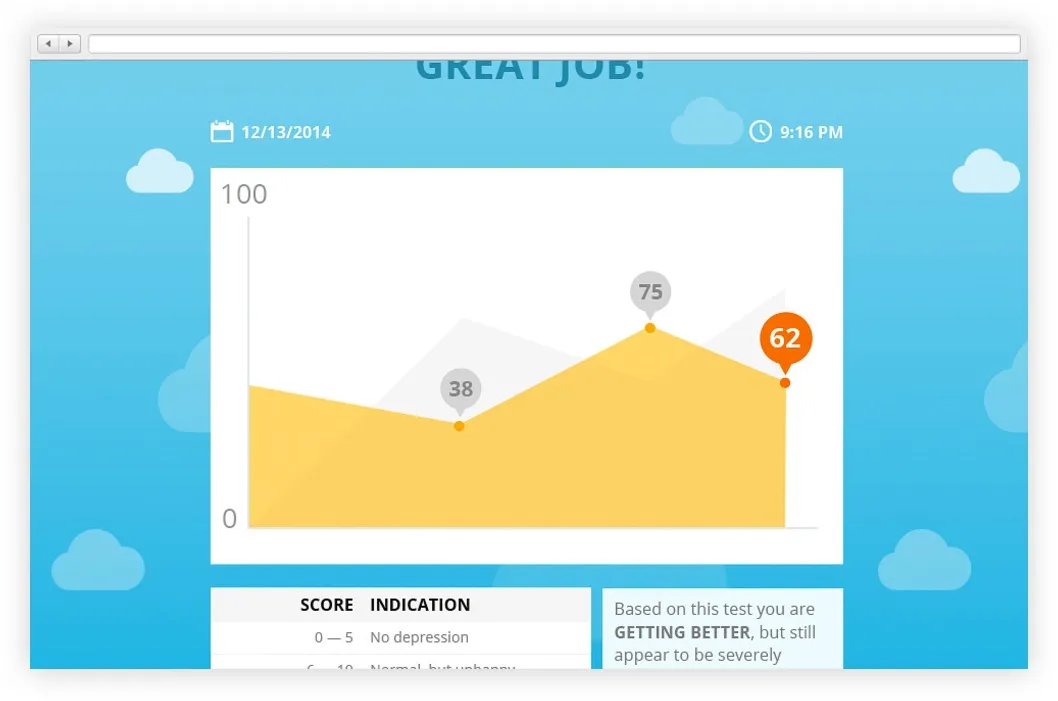
Don’t Forget about the Social Component
Social components may be a good supplement for your app. These could take the form of an in-game chat and community, united by a single goal and interest. In some cases, you can conduct competitions or add various ratings to the app (for example, which of your users learned more words or covered the most kilometres in a day).
Users Need Freedom
Do not force users to fulfill your scenario - let people play by their own rules. By providing multivariate scenarios, you share with users a tool for creativity.
Read more about user engagement practices:
Practices to get users engaged
Remind users about your app with push notifications
Embrace more users with progressive web apps
Do you think we’re talking only about the B2C market? Even the tasks involved in learning your way around a new corporate IT system can be realised in a fun gaming form. Let your staff be interested in reaching new stages and praise them with some virtual gift. Share the best or the quickest learner, add a competitive element to regular tasks and you’ll see the increased efficiency of each member.





